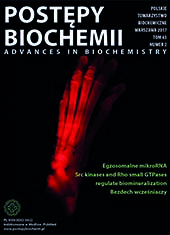Conformations of multi-domain and partially disordered proteins â simulations and experiments
Abstract
Structural biology unravels three-dimensional structures of macromolecules such as proteins, DNA, RNA, and their complexes in the attempt to explain the basic mechanisms of their functions. Among the proteins that are most difficult to characterize structurally are those which have several large domains connected by long, unstructured polypeptide segments. Such proteins perform diverse functions in living organisms and, at the same time, they are very difficult to characterize using conventional methods of structural biology. This gap in the market has recently led to the development of hybrid methods that use state-of-the-art computational tools to combine complementary data from various experiments. This review article is focused on the implementation and usage of such hybrid methods. It includes a detailed description of how representative structures of multi-domain proteins are obtained using the so-called EROS (Ensemble Refinement of SAXS) hybrid method.
Downloads
Published
Issue
Section
License
All journal contents are distributed under the Creative Commons Attribution-ShareAlike 4.0 International (CC BY-SA 4.0) license. Everybody may use the content following terms: Attribution — You must give appropriate credit, provide a link to the license, and indicate if changes were made, ShareAlike — If you remix, transform, or build upon the material, you must distribute your contributions under the same license as the original. There are no additional restrictions — You may not apply legal terms or technological measures that legally restrict others from doing anything the license permits.
Copyright for all published papers © stays with the authors.
Copyright for the journal: © Polish Biochemical Society.




